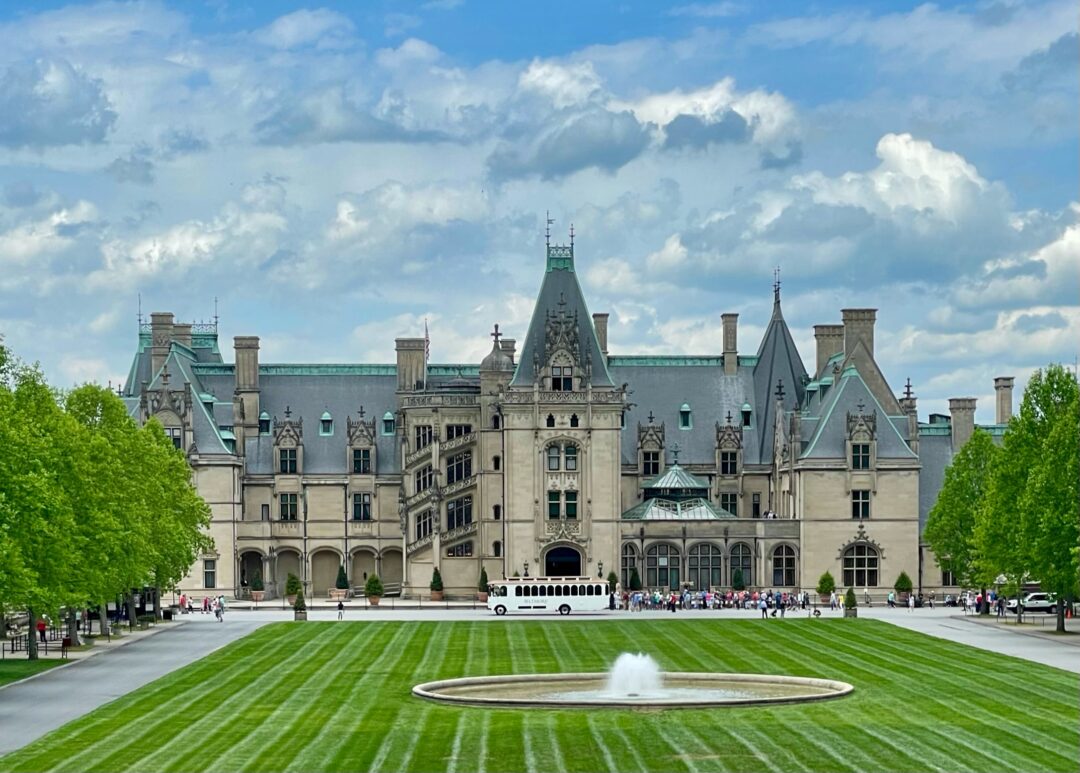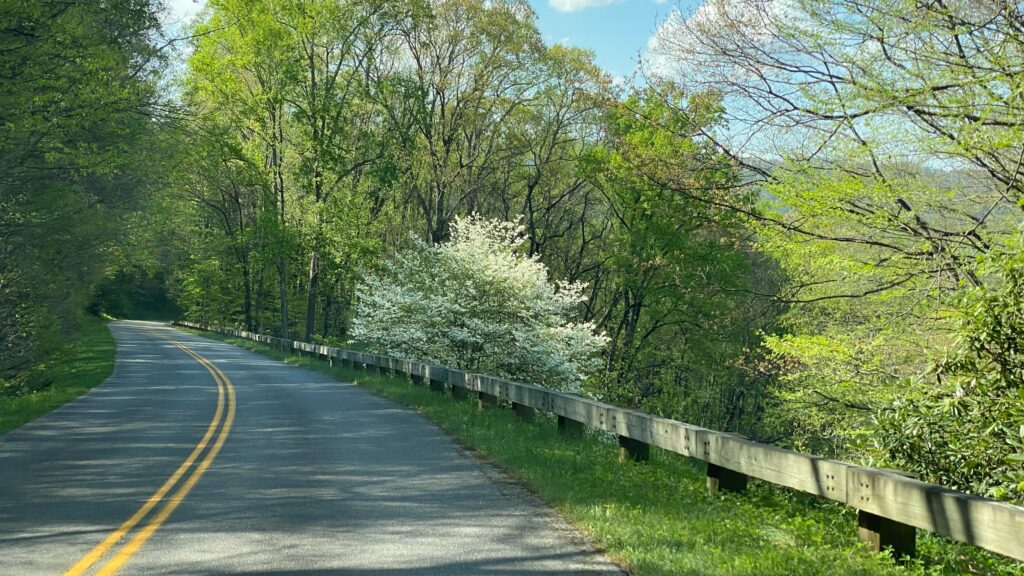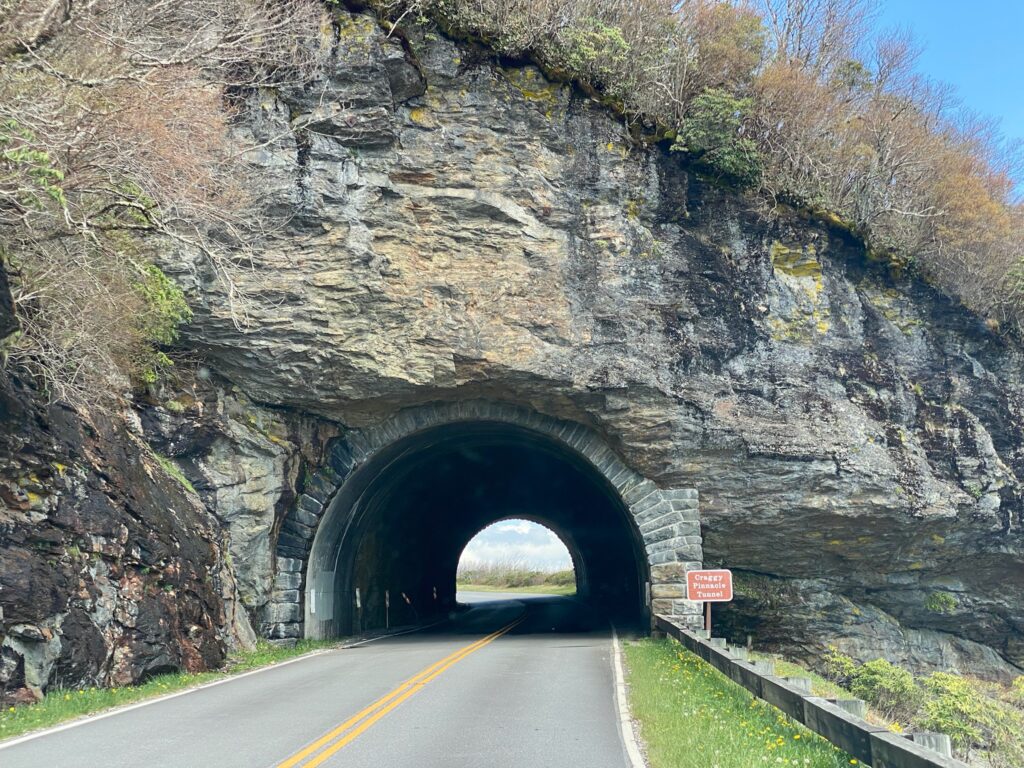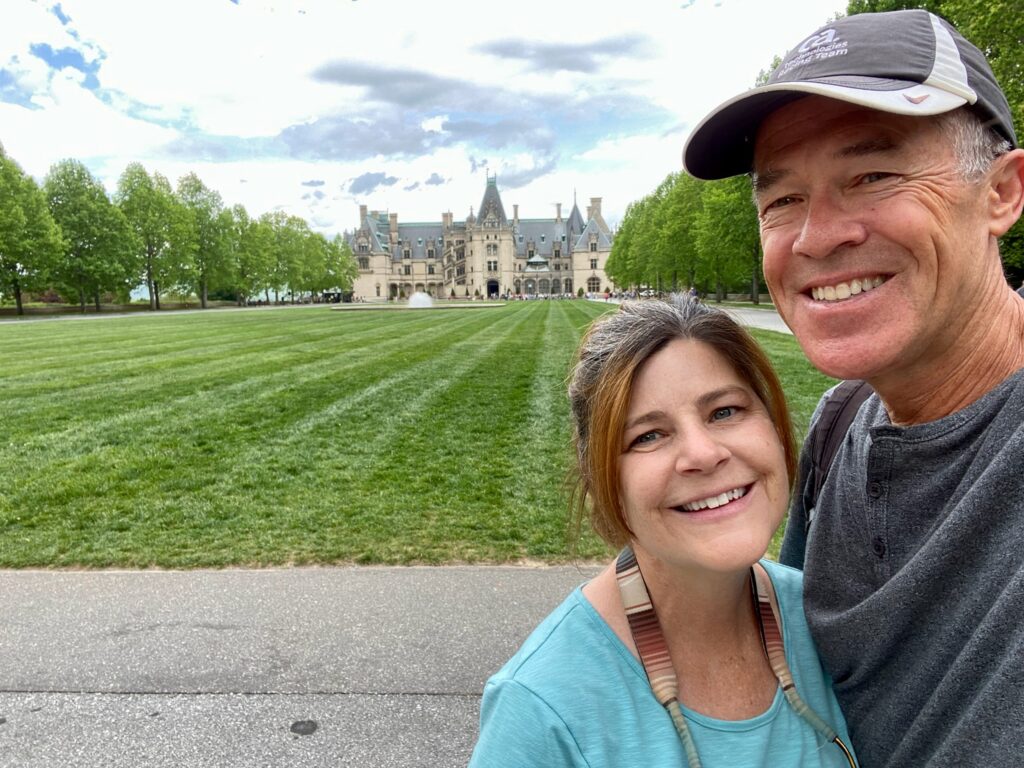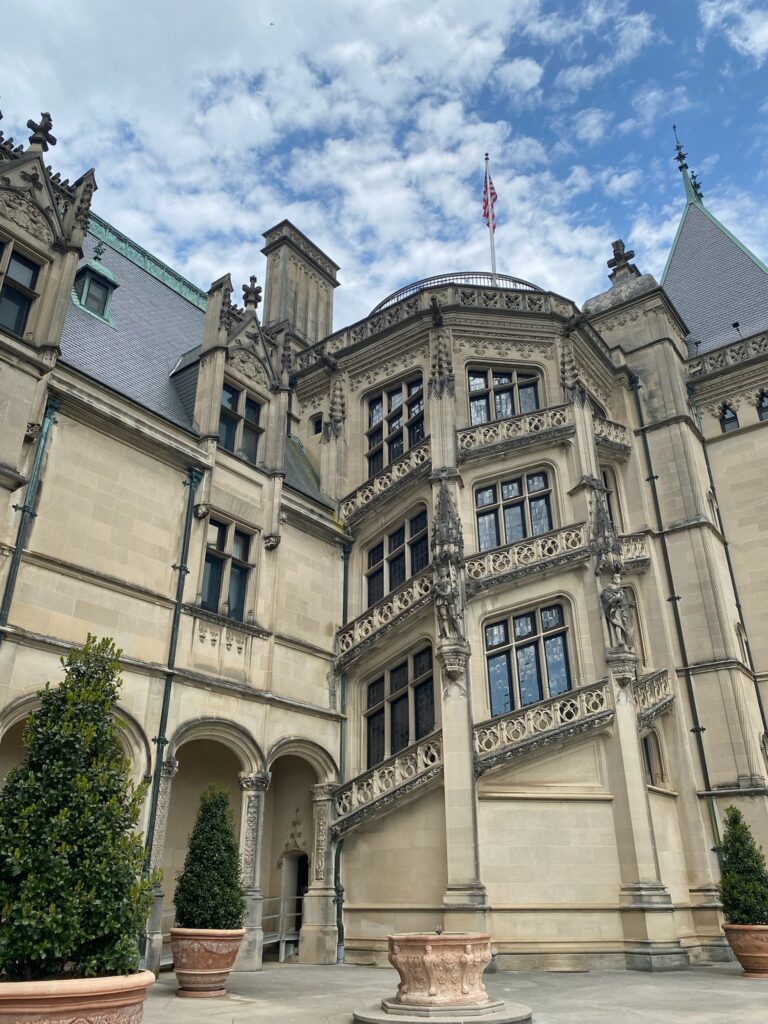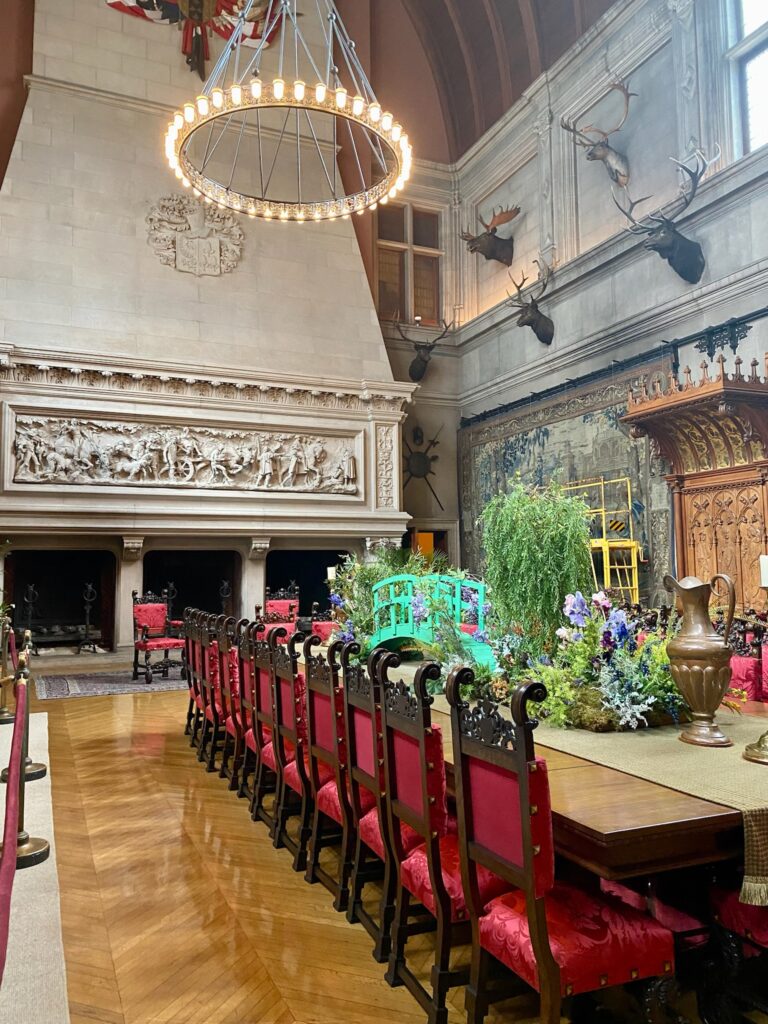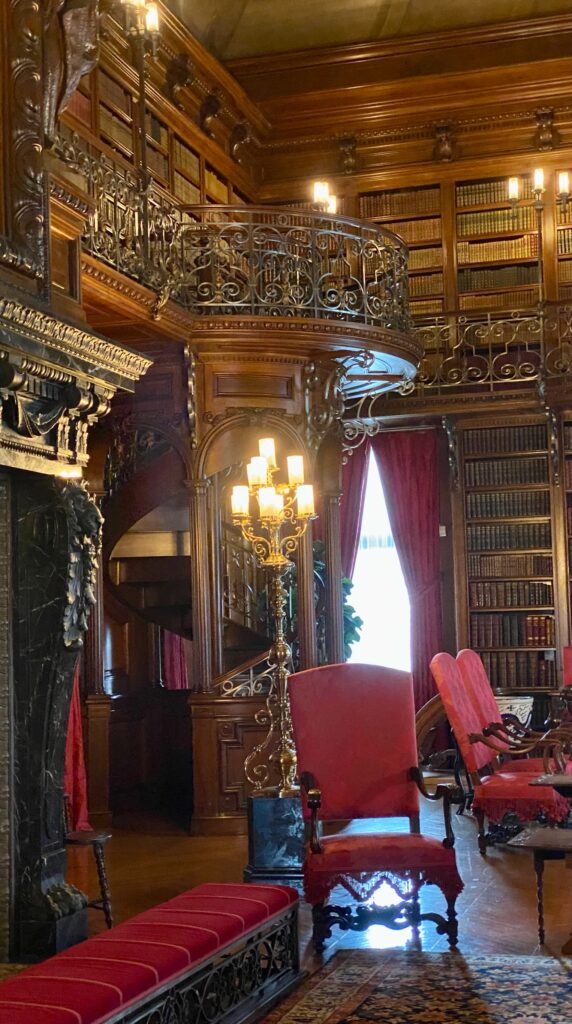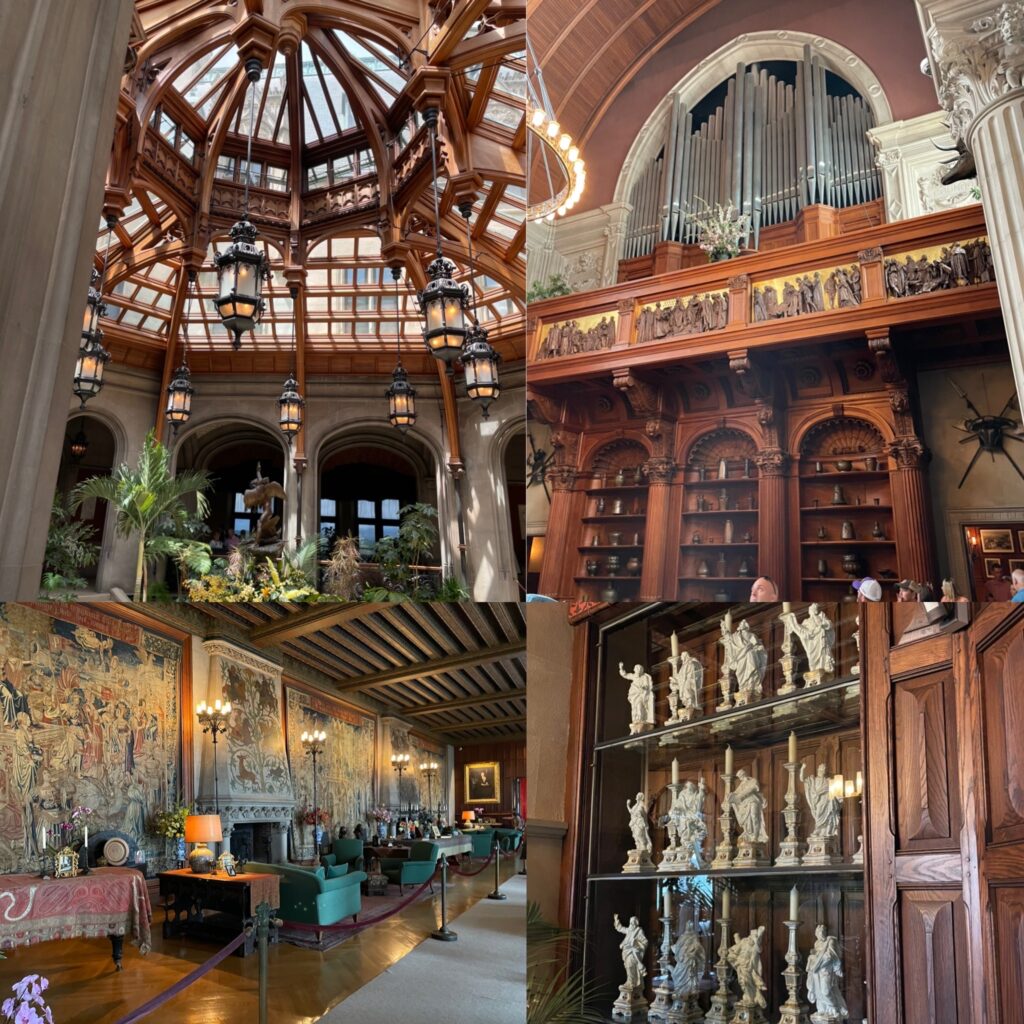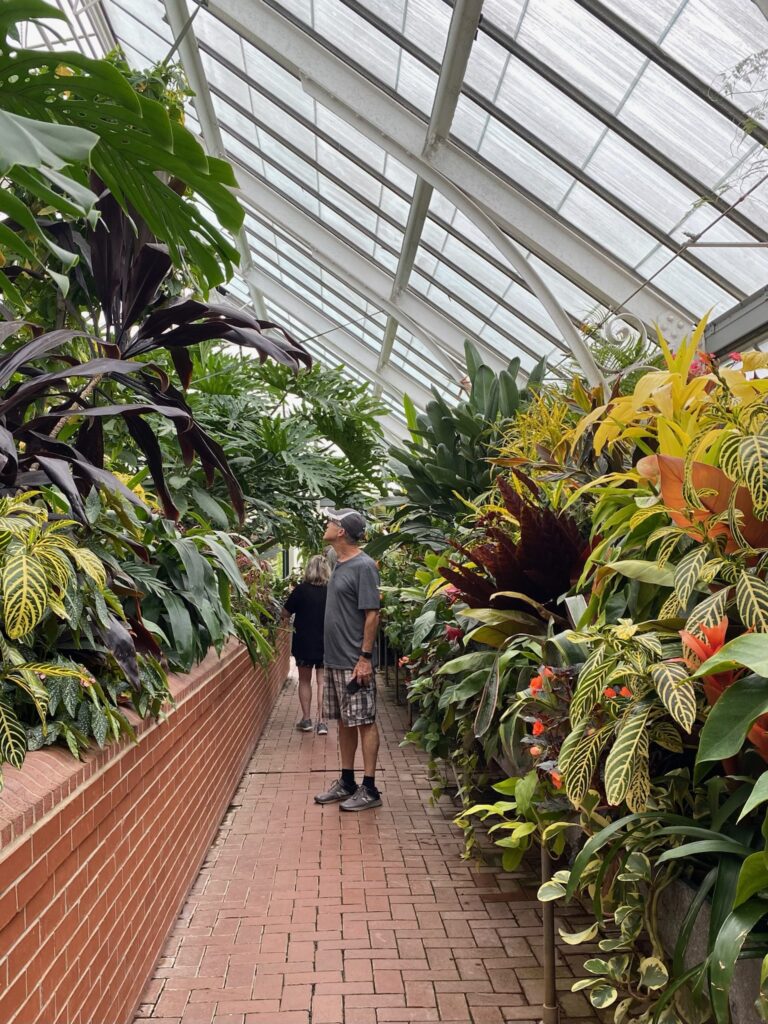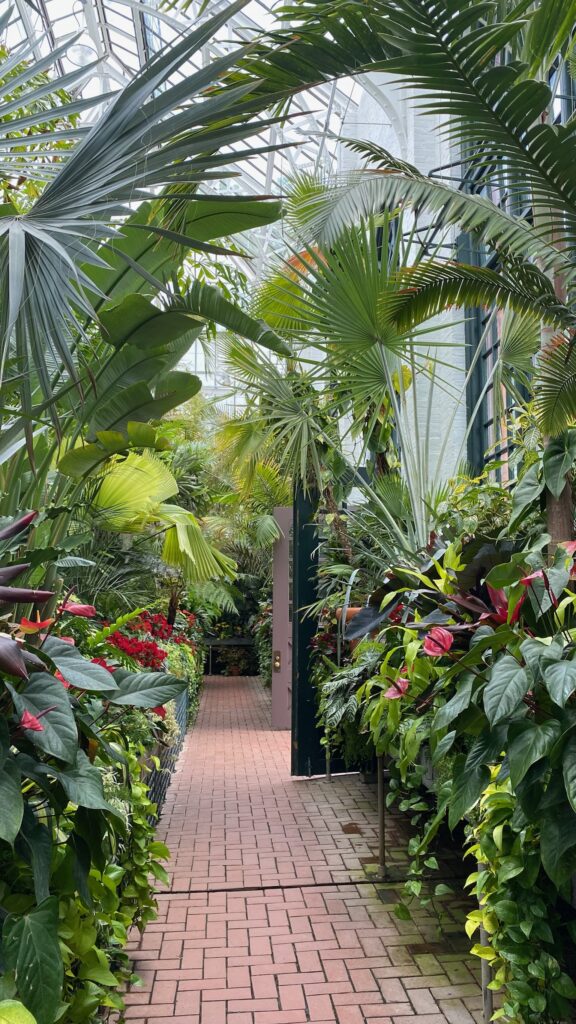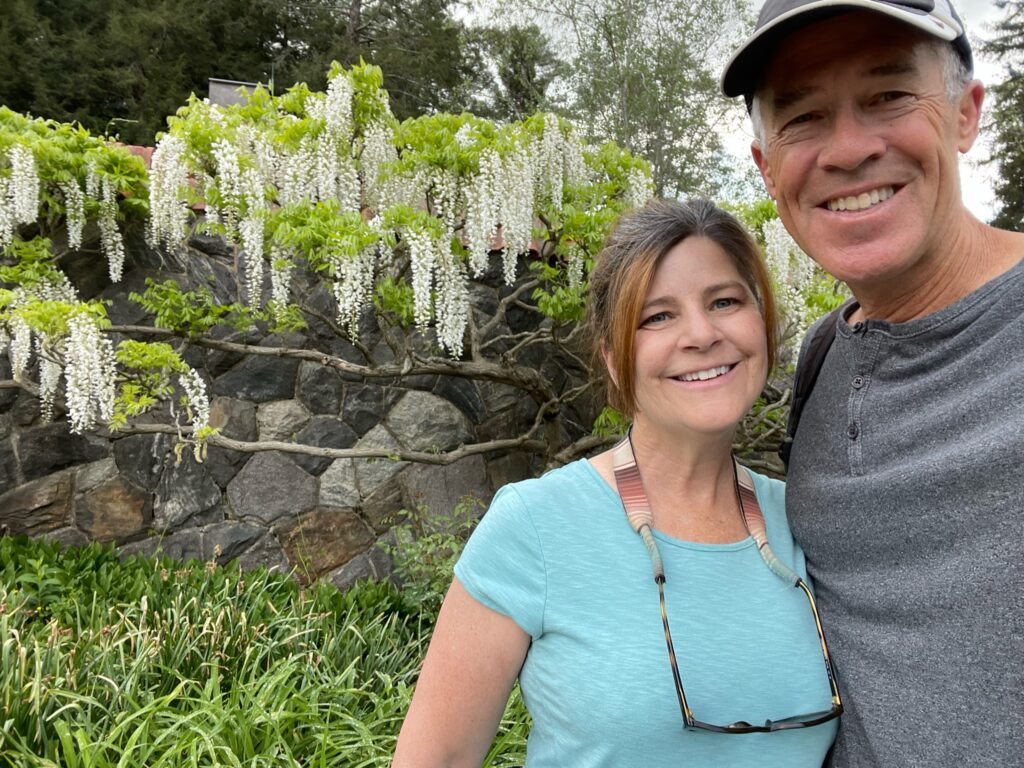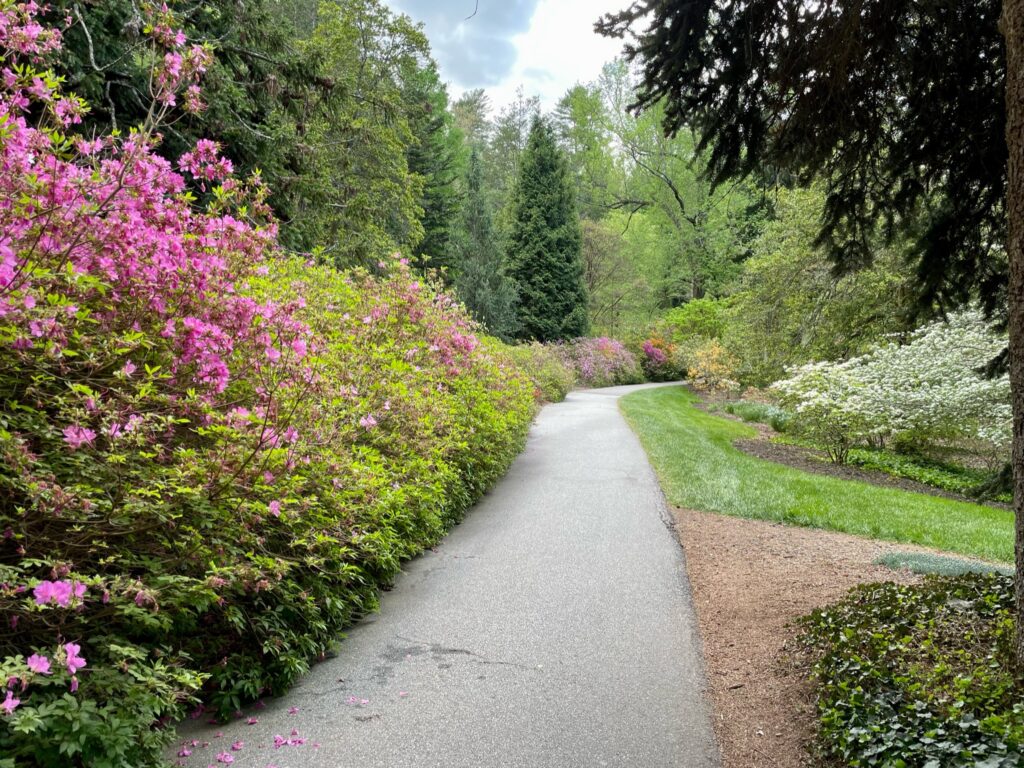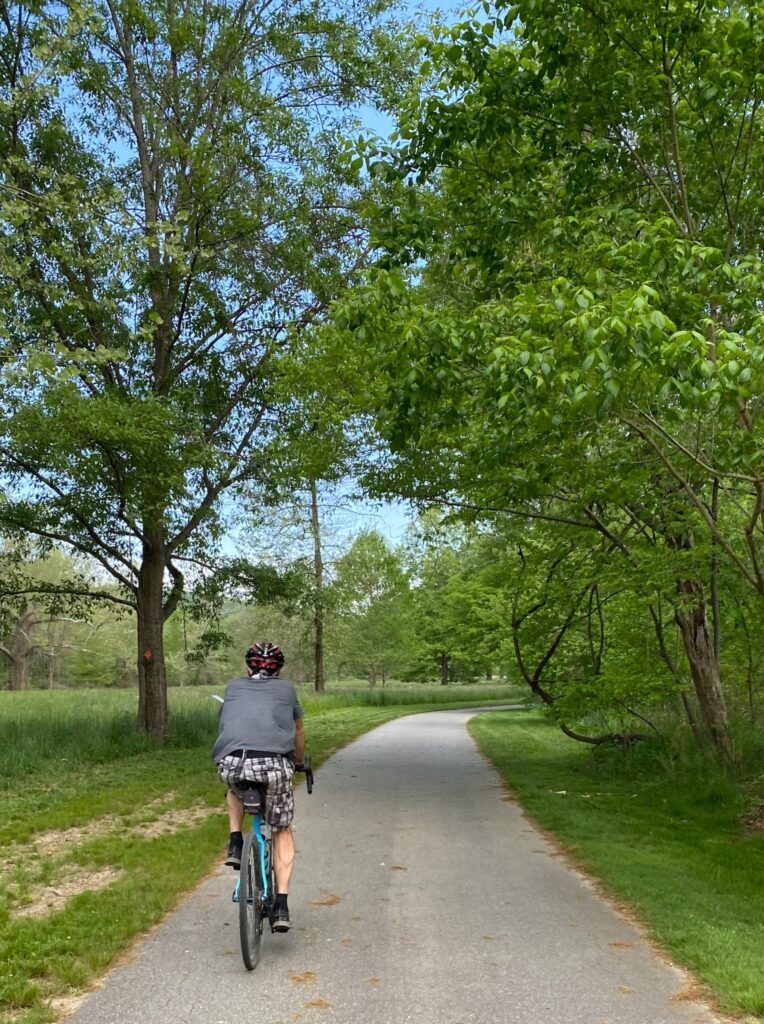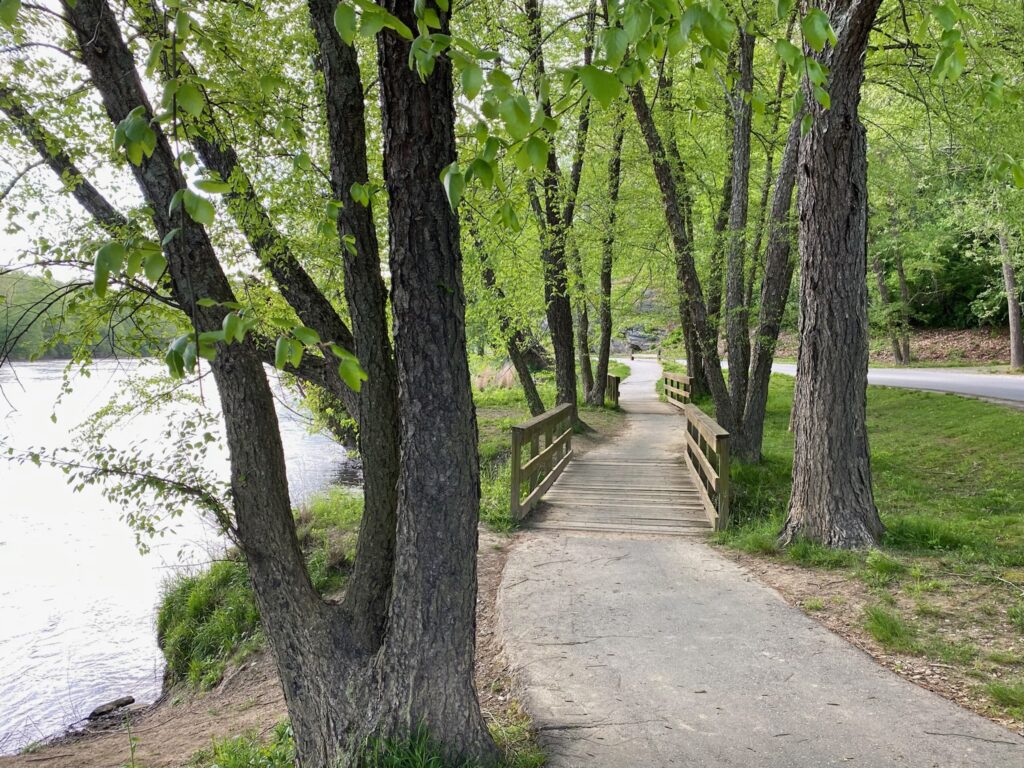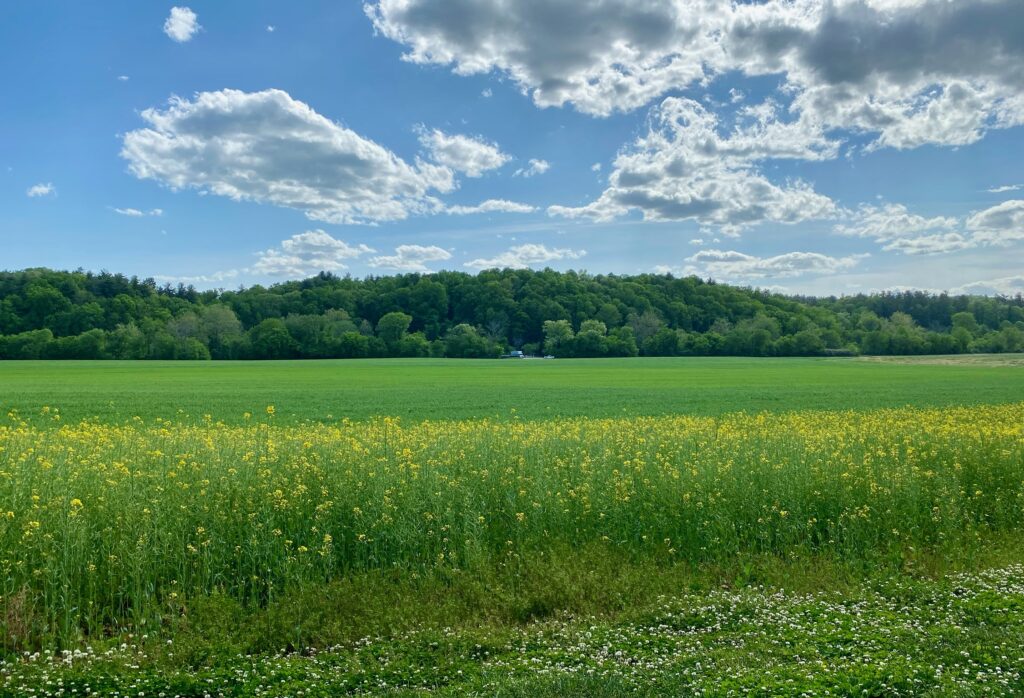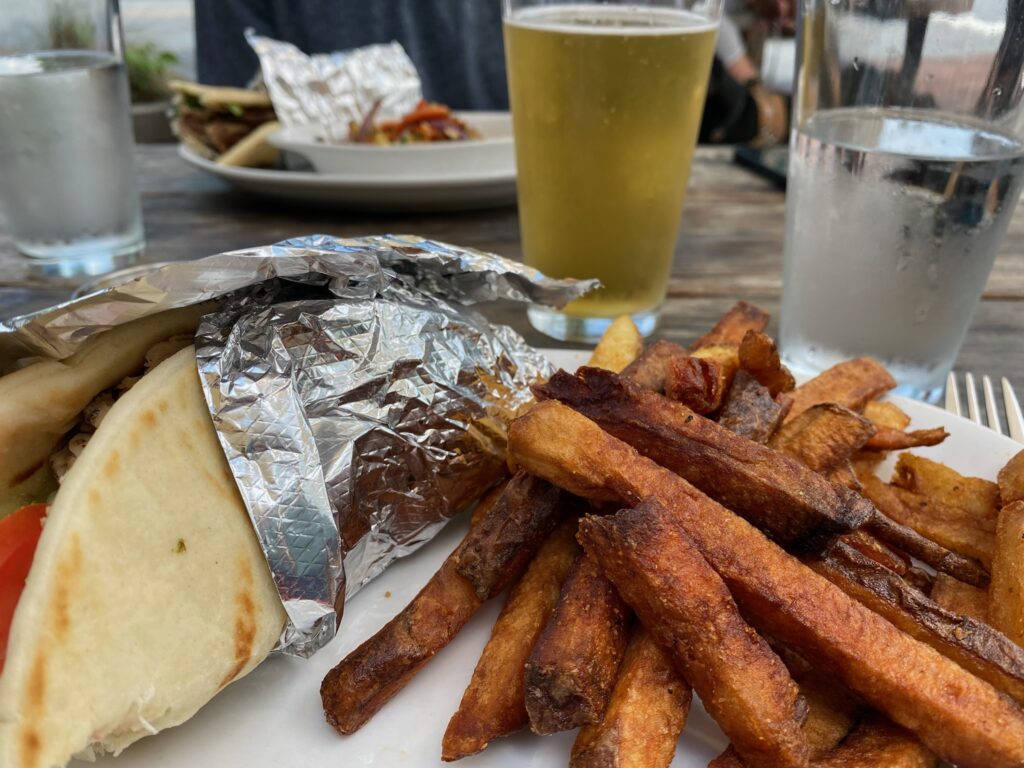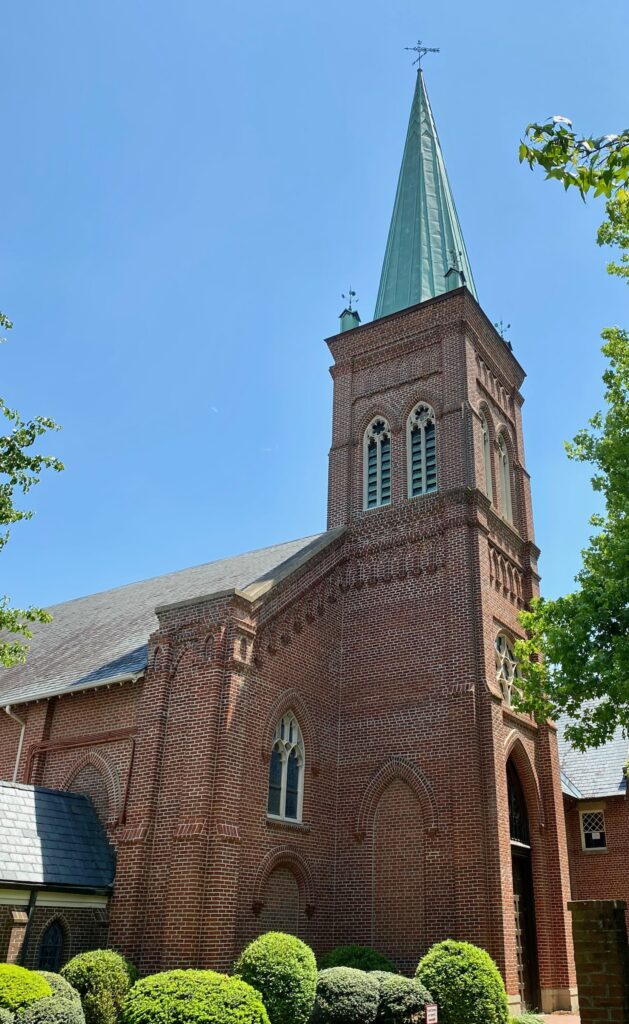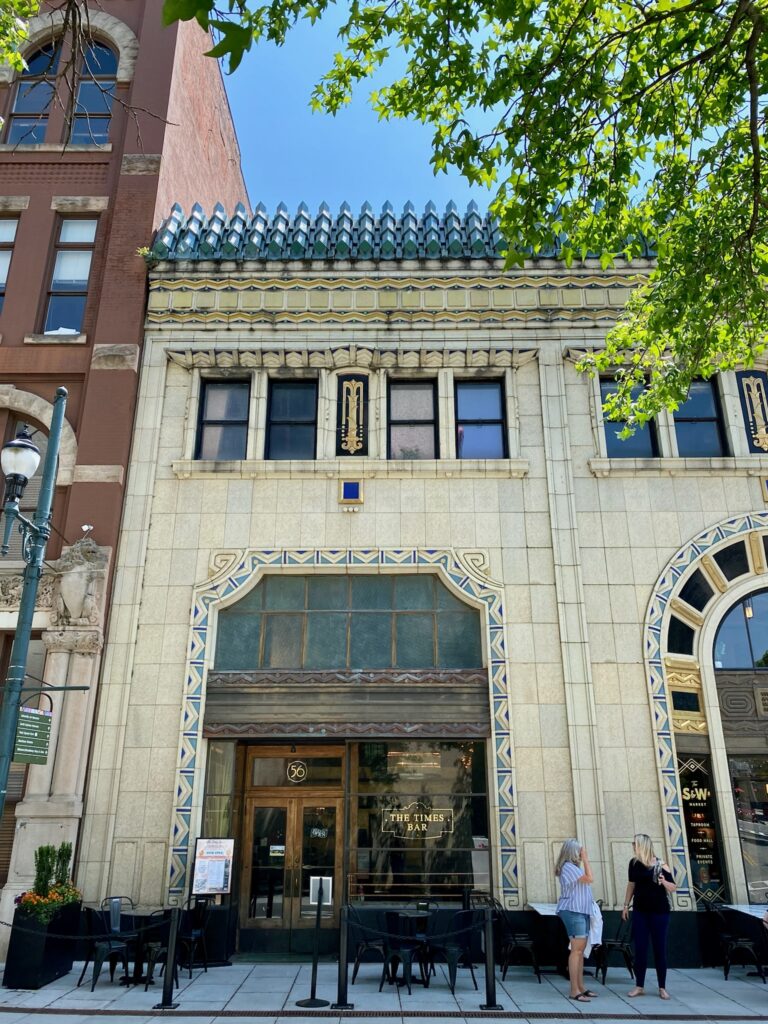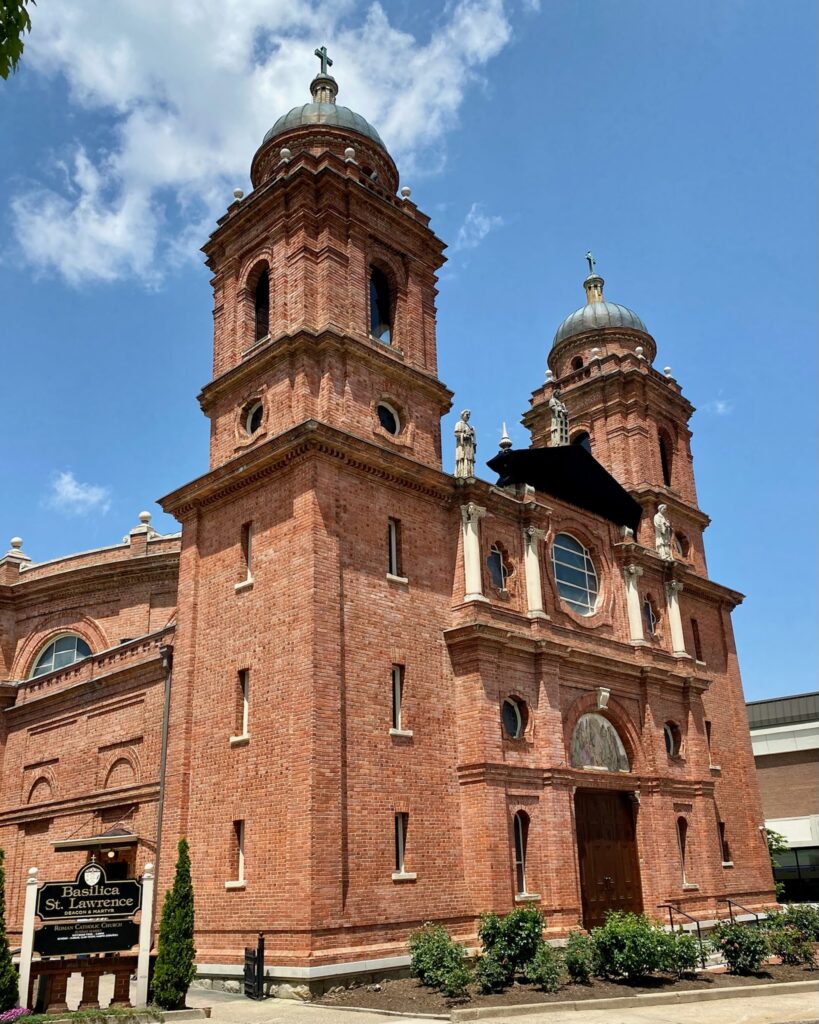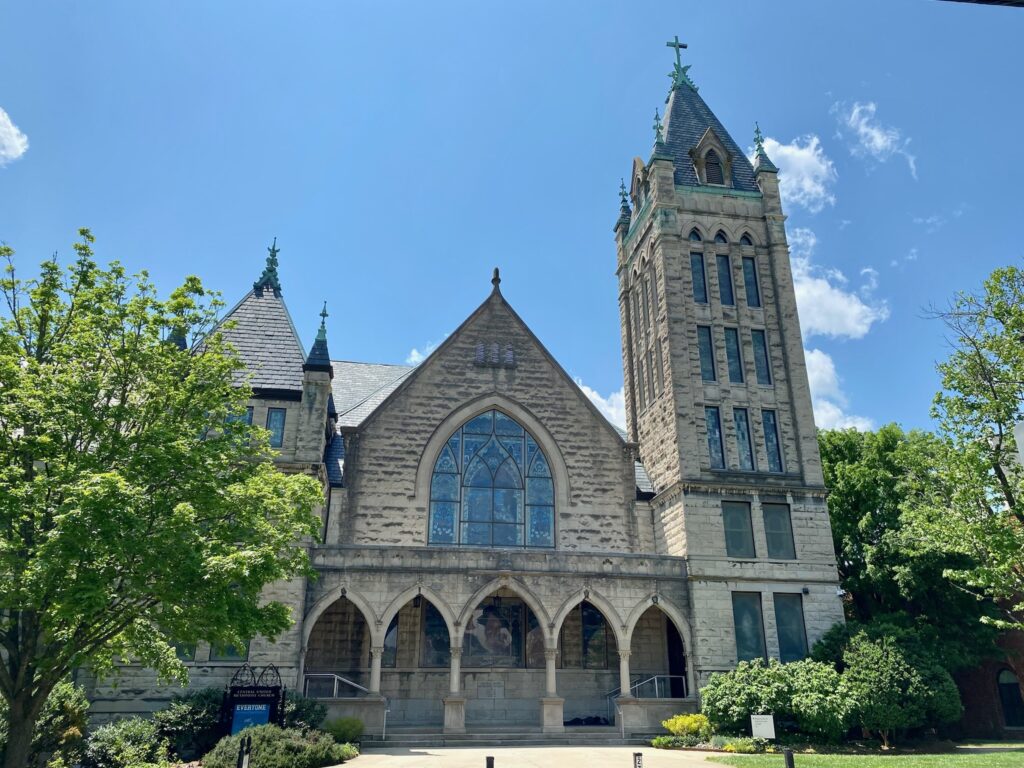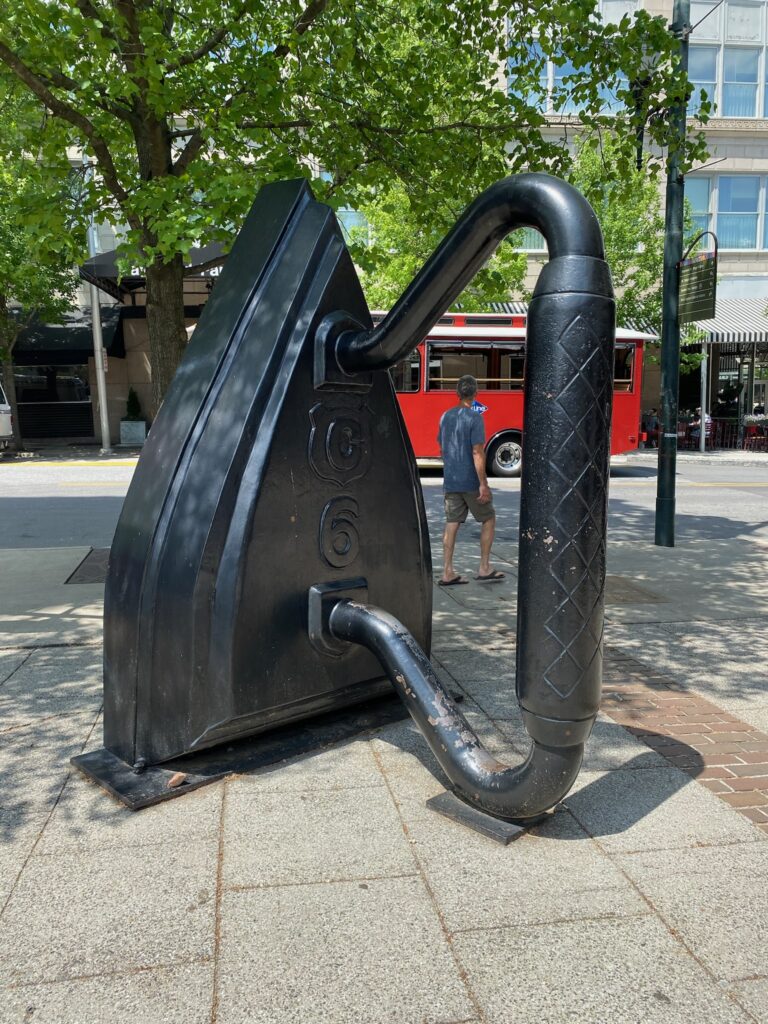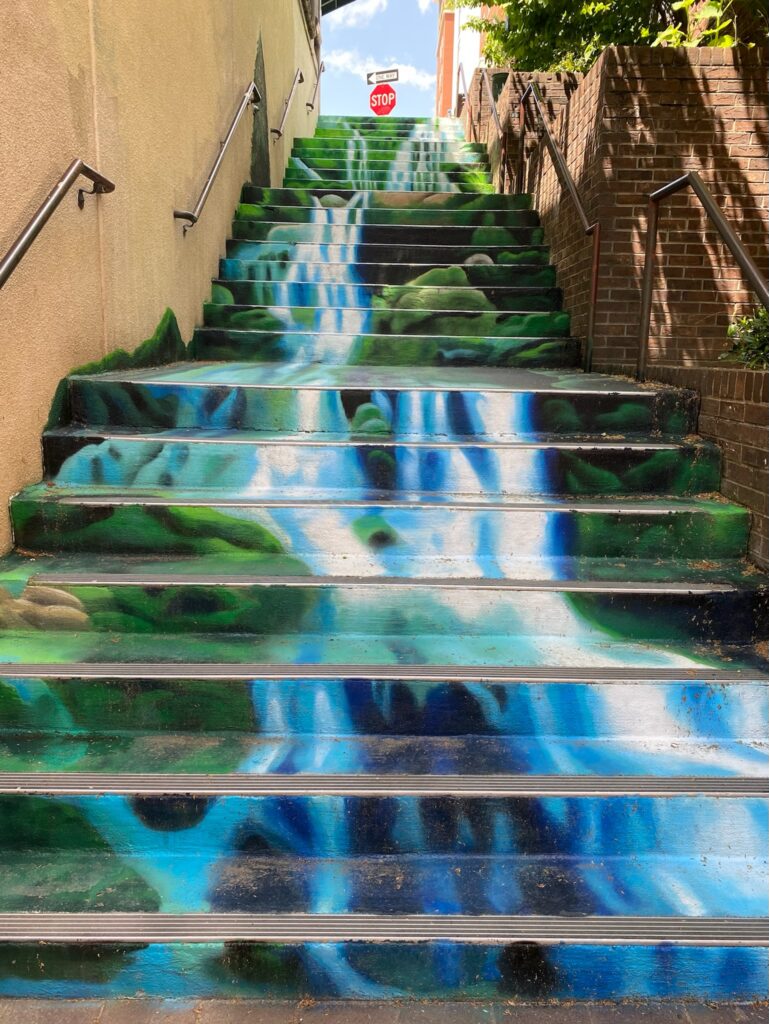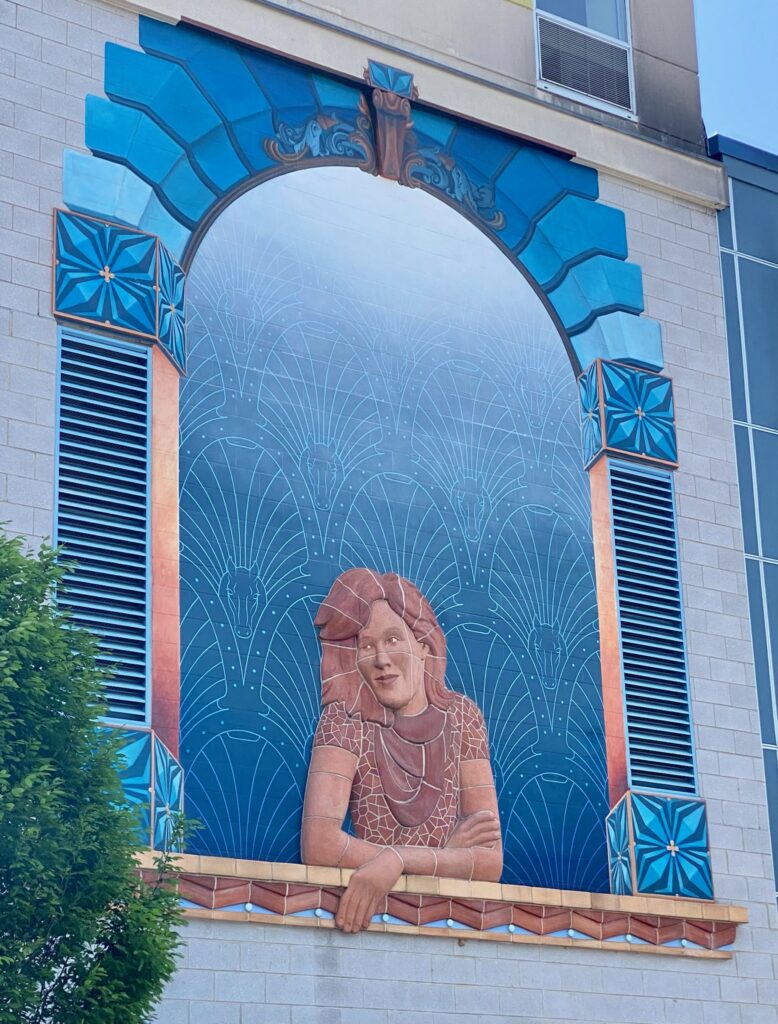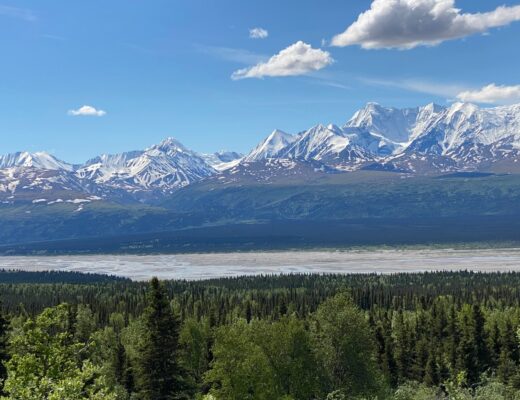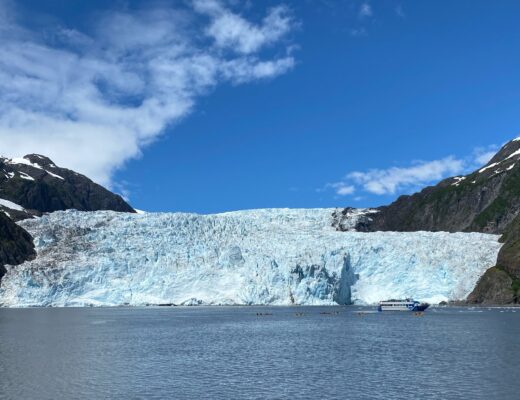It’s always great when you can get away for longer, but in just 2-3 days it’s possible to get a feel for Asheville’s culture and experience what makes this city so special.
DAY 1: BLUE RIDGE PARKWAY
Getting to Asheville, especially if you are driving, is part of the fun. The scenic vistas from the Blue Ridge Parkway are spectacular. If you have additional time, there are plenty of hikes in the Pisgah National Forest, including nearby Roaring Fork Falls.
Lake Powhatan Campground is conveniently located just 10 minutes from downtown Asheville, but it feels miles away, making it the perfect base camp for your next few days.
DAY 2: BILTMORE MANSION
If you’ve read other posts on this blog, you know already that I’m ever surprised and humbled by the drive and ingenuity of America’s founding fathers, it’s early entrepreneurs, the pioneers that travelled west and gilded age industry giants like Rockefeller, Stanford, and Carnegie. I always thought I was a hard worker but their accomplishments are astonishing!
I mention this only because one of Asheville’s can’t miss attractions is the Biltmore House, a retreat home built by George Vanderbilt, the grandson of shipping and railroad tycoon Cornelius Vanderbilt.
Cornelius, unlike the titans that followed him (Rockefeller, Carnegie, etc) did not own grand homes or give away must of his vast wealth to charitable causes. He reportedly accumulated $100 million by the time of his death in 1877, which was more than the US Treasury held at the time! It was the third generation who stopped growing this fortune and when you see Biltmore Estate, you understand why!
Grandson George Vanderbilt purchased 125,000 acres in Asheville NC and spent the next 6 years and today’s equivalent of $150 million to construct Biltmore House, known even today as “America’s largest home®”. In order to facilitate its construction a woodworking factory and brick kiln, which produced 32,000 bricks daily, were built on site. A 3-mile railroad spur was constructed to bring other materials to the site. All this enabled his 1000 laborers and 60 stonemasons to complete their work. Knowing Edison, personally, gave George the inside track to outfit the mansion with electricity and some other modern features such as an electric elevator, forced-air heating, centrally controlled clocks, fire alarms and a call bell system.
In 1895, George and his wife Edith opened Biltmore to Christmas guests. This French Renaissance chateau is 178,926 sq. ft. and boasts 250-rooms. This 3-story, plus basement home has 35 bedrooms for the family and guests, 43 bathrooms, 65 fireplaces, and 3 staffed kitchen that were open 24-7, requiring the delivery of 30 dozen eggs weekly. The spiraling grand staircase has 107 steps and the wrought-iron chandelier holds 72 light bulbs. There were also plenty of luxurious features for guests to enjoy, including a 7-story-high ceiling banquet room, a billiards room, a swimming pool, a workout room, a music room, one of the first private bowling alleys, a gun room to enjoy hunting on the grounds, and a library with well over 10,000 books. Up to 30 domestic servants worked in Biltmore under the supervision of either the Head Housekeeper or the Head Butler. It essentially operated as a luxury hotel!
As if the main house weren’t enough, the grounds, as designed by Frederick Law Olmstead (of NY Central Park fame), include 75 total acres divided into 9 different gardens – the south terrace, Italian garden, shrub garden, spring garden, walled garden, rose garden, bass pond, azalea garden, and the conservatory. We walked through the spring garden to visit the azalea garden and the conservatory which housed tropical plants, exotic orchids, ferns, and palms. Perennials were being planted in the spring garden by what must have been about a dozen gardeners and the conservatory had more variety than I’d ever seen in any garden!
Other outdoor activities included horseback riding, fishing, croquet, and golf on its own golf course. Stables, barns, and a winery are still used on the property. In addition, other structures such as guest cottages, stables, a post office, shops, a church, a school, and a doctor’s office. Some of which have been converted for tourism. Once it became a park, additional inns, hotels, shops and restaurants were added. One of the Biltmore facts that made me laugh was that etiquette of the era dictated correct attire for every activity so unlike today’s anything-goes attire, ladies in particular sometimes needed to change their clothes as many as seven time a day – breakfast, a walk in the garden, a swim, afternoon tea, dinner, etc. Given today’s tendencies for slap-dash attire and the fact that I live in a casual capsule wardrobe with just 27 hangers (post here), I can’t imagine!
To see more of the estate, we drove to a parking lot several miles behind the main house and got on the bikes for a scenic 2.5 mile out-and-back ride along the river.
DAY 3: DOWNTOWN ASHEVILLE
We spent our final day in downtown Asheville. Lunch included a Twisted Laurel Mediterranean-inspired pita, a nice amber, outdoor seating, and a curious boxer. We then used an app to complete a walking tour past pretty churches, elaborate brick and stone buildings, grandiose art-deco buildings, Parisian-style outdoor cafes, a glass shop, sidewalk art, plenty of clothing boutiques, and shops full of delectable treats. The day was bright. The town was clean and walkable, without being too small. We just loved it!
Asheville NC, like Louisville, KY (post here), might not be the first place you’d think of for a weekend getaway, but given what we experienced, you should reconsider! The campground is beautiful and convenient. We really enjoyed touring Biltmore, strolling downtown Asheville, and the proximity to the beautiful Blue Ridge Parkway and Pisgah National Forest.
In our endless search for great retirement communities, Asheville has potential, or at least warrants a bit more investigation.

